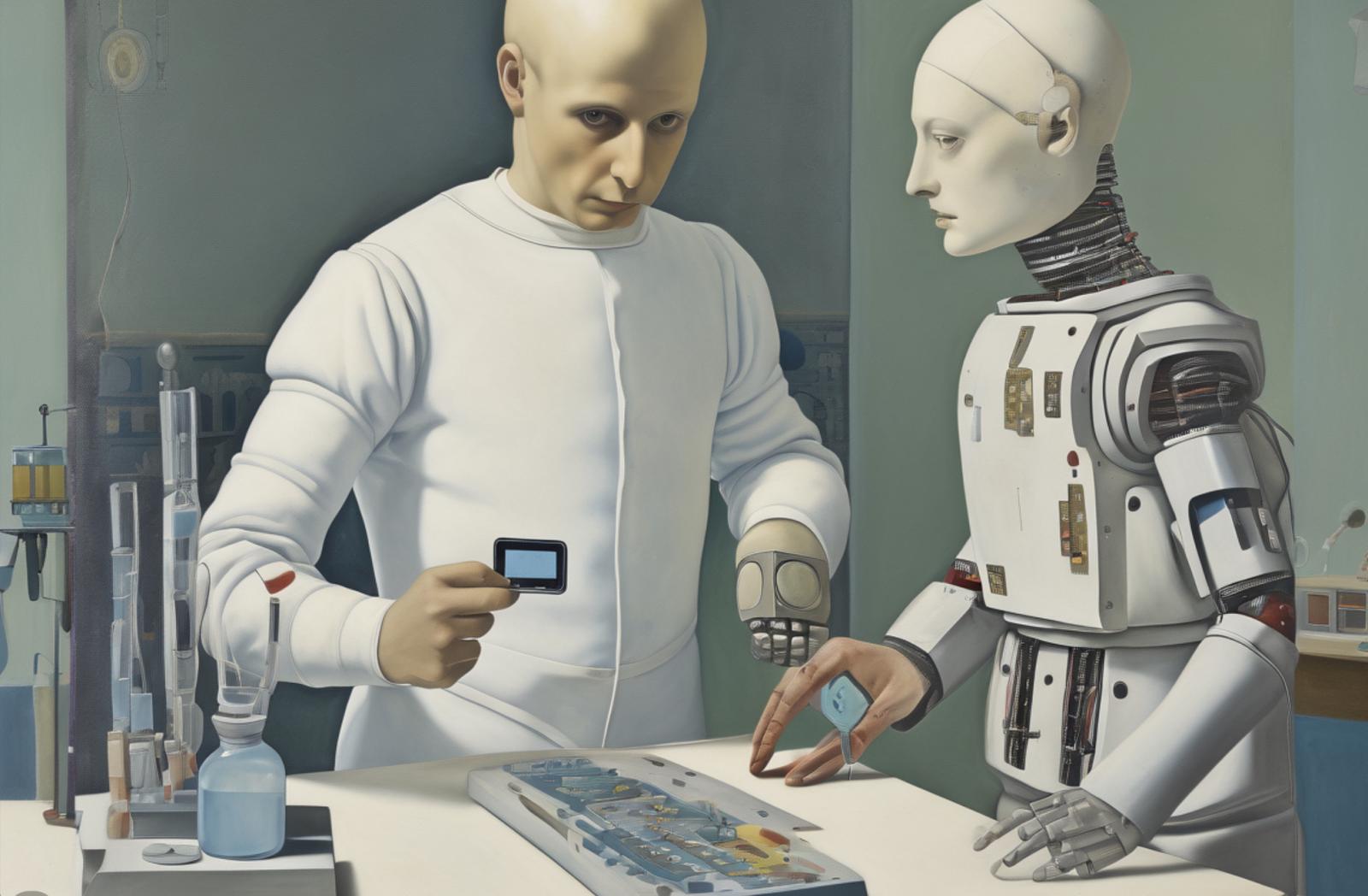An illness reproduced by using a human tissue which houses an electronic chip: this is the original result achieved by a research team of the Wyss Institute for Biologically Inspired Engineering researchers at Harvard University. The work beyond the lung on a chip is explained in a paper published this week in Science Traslation medicine.
The reproduced human tissue is a lung - live human lung cells conceal a chip - and the illness is the pulmonary edema. The lung-on-a-chip was actually created two years ago for the first time - the research team is led by Donald Ingberg - , engineered on the basis of a flexible polymer matrix big just the size of a memory card, containing an internal channel structure shaped like a computer microchip.
A few details of the structure: two of the internal channels are separated by a soft and porous membrane; on one side, there are human lung cells, whilst on the other side, there are capillary blood cells. The vacuum environment created inside the channels (void of external air pressure) allows the interface to simulate the human lung contraction mechanism during the breathing process.
At Harvard, this device was primarily used to study the toxicity of pharmacology treatments applied to the lungs, in order to identify new, potential treatments as well, by this brand new approach to human organs. Scientists actually used a drug for chemotherapy (interleukin-2) directly on the micro-lung recreated on the chip. The observed effects included the advantage the physical respiration mechanism provided to the action of the drug on the pulmonary edema in vacuum conditions, information which was not possible up until now. This effect may provide suggestions for new strategies to adopt in chemotherapy drug treatment (for example the use of a ventilator to minimize the volume of air entering the lungs) and new methods governing organ-related medicine research. According to researchers: "The major pharmaceutical companies spend lots of time and large amounts of money on cell cultures and animal testing to develop new drugs, however, often, these methods are not able to predict all the possible effects these substances may have on humans".
The work was financed by the National Institute for Health, Food and Drug Administration and the Defense Advanced Research Projects Agency.


